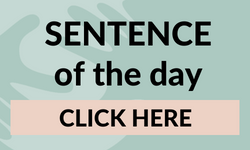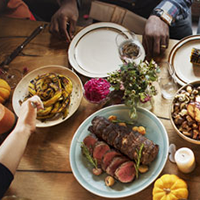An ASL Dictionary
Signing Savvy is a sign language dictionary containing several thousand high resolution videos of American Sign Language (ASL) signs, fingerspelled words, and other common signs used within the United States and Canada.And Much More!
Signing Savvy is an ideal resource to use while you learn sign language. It includes the ability to view signs, build word lists and share them with others, create digital flash cards and quizzes, view ASL sentences, get tutoring, ...and moreSign of the Day - SECURITY
(as in to protect)
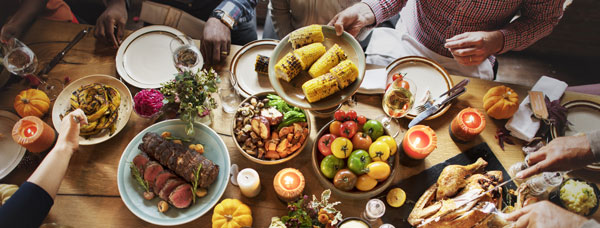
Top Thanksgiving Tip: Better Conversations Using Sign Language
In the past, we have shared holiday-themed signs around Thanksgiving (See our article: 10 signs to know for Thanksgiving), but we feel strongly that what’s more important than learning to sign a few signs like turkey and pie, is conversational signs.
 |
If you check out the Sign of the Day each day, you will notice the Sign of the Day for November 25 is CONVERSATION (as in "talk to someone in sign language”) because this week is recognized as “Better Conversation Week.” Better Conversation Week is always the week of Thanksgiving and it is the perfect time of year for all of us to focus on having better conversations.
Sometimes our deaf family and friends feel excluded when they come home for the holidays. If everyone isn’t signing, they may feel excluded and feel like they don’t have a place at the table. In honor of Better Conversation Week, in honor of Thanksgiving, and, most of all, in honor of our deaf family and friends, let’s try to sign. Signing is hard and it can be intimidating to sign with a fluent signer when you are feeling insecure about your signing skills, but the number one thing you can do is simply just TRY to sign.
To encourage and support everyone to sign this week, we have unlocked all of our member full example sentences for this week only. This is a member feature, but will be unlocked and freely accessible to everyone this week.
Click on the “Sentences” tab on the Signing Savvy website to get started. We suggest looking at the section on “Conversational Sentences.” There are lots of great examples of how to sign full sentences. We hope that before you know it, you are feeling comfortable signing "How have you been?” and "It’s good to see you.”
 |
ADVERTISEMENTS

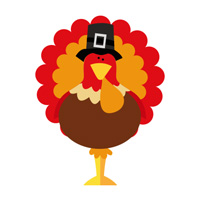 10 signs to know for Thanksgiving
10 signs to know for Thanksgiving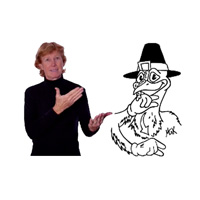 How do you sign… Thanksgiving?
How do you sign… Thanksgiving?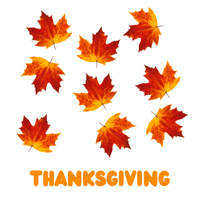 Signs That Are Close... But Not the Same — Thanksgiving
Signs That Are Close... But Not the Same — Thanksgiving

